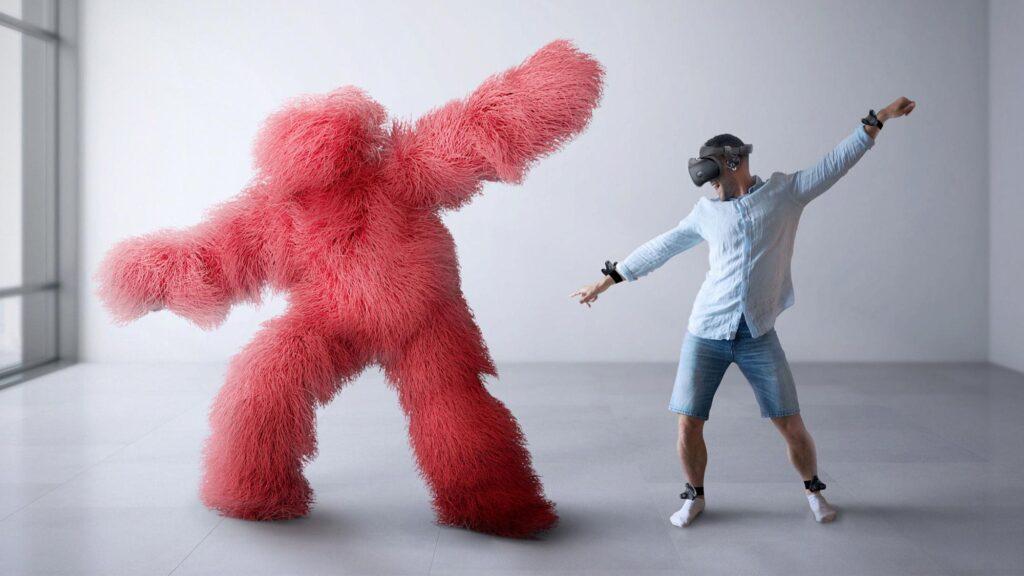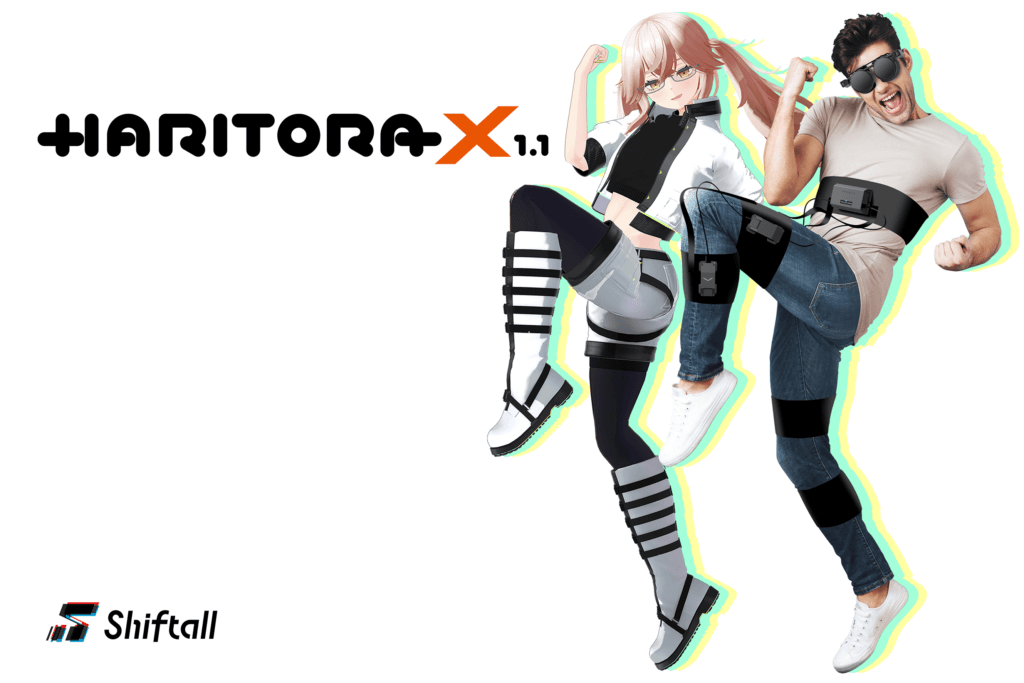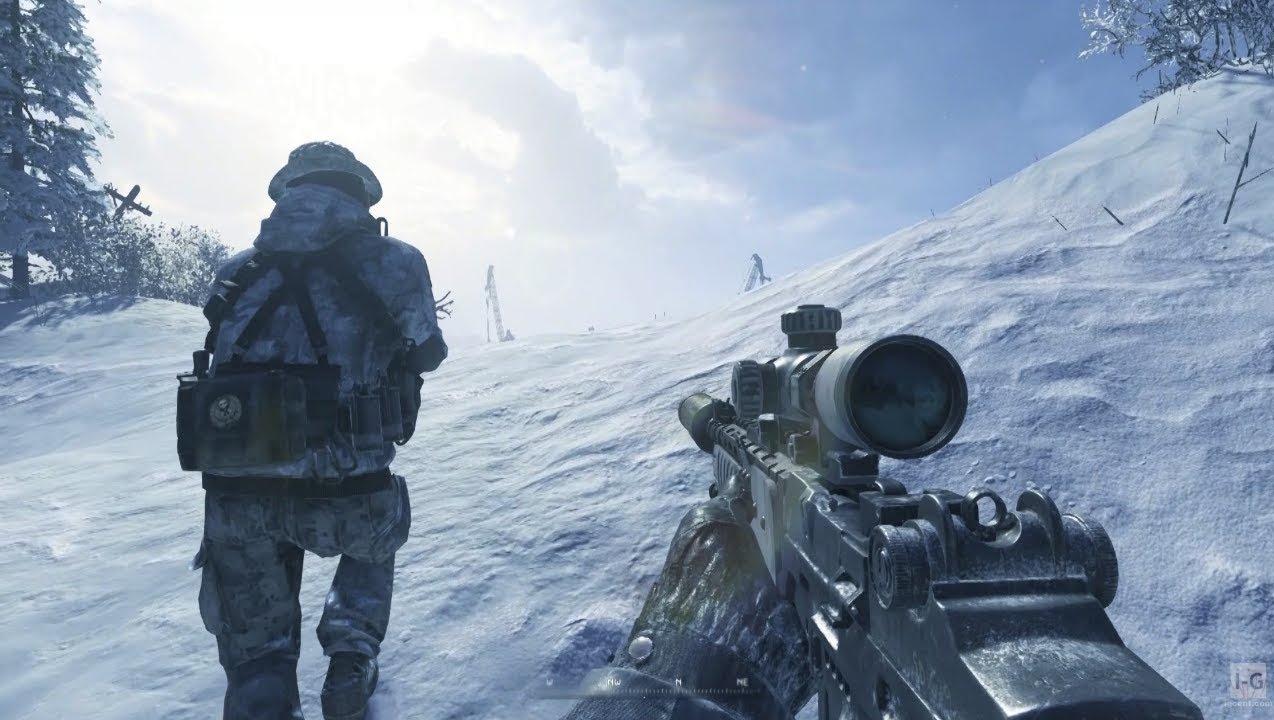
What is full body tracking? Virtual reality FBT explained
Full body tracking is a fun way to increase your immersion in virtual reality, but VR FBT sure doesn’t come cheap.
With new releases for headsets and software, VR is becoming much more accessible in 2023 than it was a few years ago. Now anyone can get a great experience for just a few hundred bucks, but that doesn’t mean that enthusiasts have run out of things to spend money on. Full body tracking is the next step in VR technology, but it can be difficult to tell exactly how it works, how much it costs, and what it can do in-game. Here are the basics of full body tracking explained and why VR gamers spend so much money on it.
Full body tracking is a VR mechanic where extra parts of your body are tracked beyond the headset and controllers. This allows your in-game presence to more accurately reflect your real body, with gestures, movements, and posture all represented in-game. This is usually done through the use of trackers, which are physical components attached to the body. It is a relatively new technology that is generally only used by VR enthusiasts.
How does full body tracking work in VR?
Full body tracking, commonly abbreviated as FBT, is a VR tracking system that monitors multiple points on the body in addition to the headset and controllers.
The most common way of using body tracking requires trackers, which are mechanical devices that attach to belts, straps, or shoes. These trackers are then designated to a certain body part in VR software. These trackers are monitored by lighthouses around the play space the same way they track your headset and controllers.

If you ever hear someone referring to FBT as having a certain number of points, that refers to the number of trackers on the body. A normal VR setup with two controllers and a headset is three-point tracking. Adding both feet and the waist makes it six-point tracking. SteamVR can currently support up to nine additional trackers, making 12 points the hard limit for that platform.
The most common FBT setup is six-point, with one tracker on each foot or ankle and a third on the waist. From there, players can put trackers on other parts of their bodies. Common expanded tracking spots include elbows, chest, and knees. As you move the trackers attached to your body, VR software is able to roughly guess how your real-life limbs moved and send that information to the game. Adding more trackers makes the guesses more accurate with diminishing returns.
How much does full body tracking cost?
Full body tracking for VR is expensive, with a minimum cost of around $400 for premium products in early 2023.
The two industry standards for VR FBT are the Vive 3.0 tracker and the Tundra tracker. These devices are expensive, with Vive 3.0s costing $130 each and Tundra offering three-packs for $360. In addition to the trackers, users must also purchase or make straps to hold them in place. With three trackers as the standard, expect VR full-body tracking to cost around $400 at minimum.
However, there are many companies attempting to offer cheaper FBT solutions. SlimeVR offers an eight-point solution for just $165, while HaritoraX is promising an eight-point with tracked rotation for $300. There are several other companies offering unique or cheap tracking options, but there’s a reason that Tundra and Vive are the standards. The downside to these newer trackers is that they are still in development, with many slated to come out sometime in 2023 or 2024.

There are also alternative methods of VR full body tracking, such as using an Xbox 360 Kinect camera or converting spare smartphones to trackers. These methods are less user-friendly than traditional trackers, but they can cost substantially less.
What VR games use FBT?
The list of VR titles that use full-body tracking is slowly growing, but here are some of the more famous titles that support the feature.
- Arizona Sunshine
- Beat Saber
- Blade and Sorcery
- ChilloutVR
- Dragonfist
- Fit It
- Full-Body Rhythm VR
- Island 359
- Neos VR
- VRChat
The technology is still very new, and it’s uncommon for VR gamers to have access to FBT at all. The most common games to play with full body tracking are social games where avatars are meant to physically represent the player. Many claim that full body tracking enhances immersion and phantom sense, but the results can vary from user to user.
Recommended

Can a VPN really lower your game ping? Myths vs. reality
Do you really need it?

MrBeast takes action on Ava controversy, responds to allegations
MrBeast has launched a private probe.








